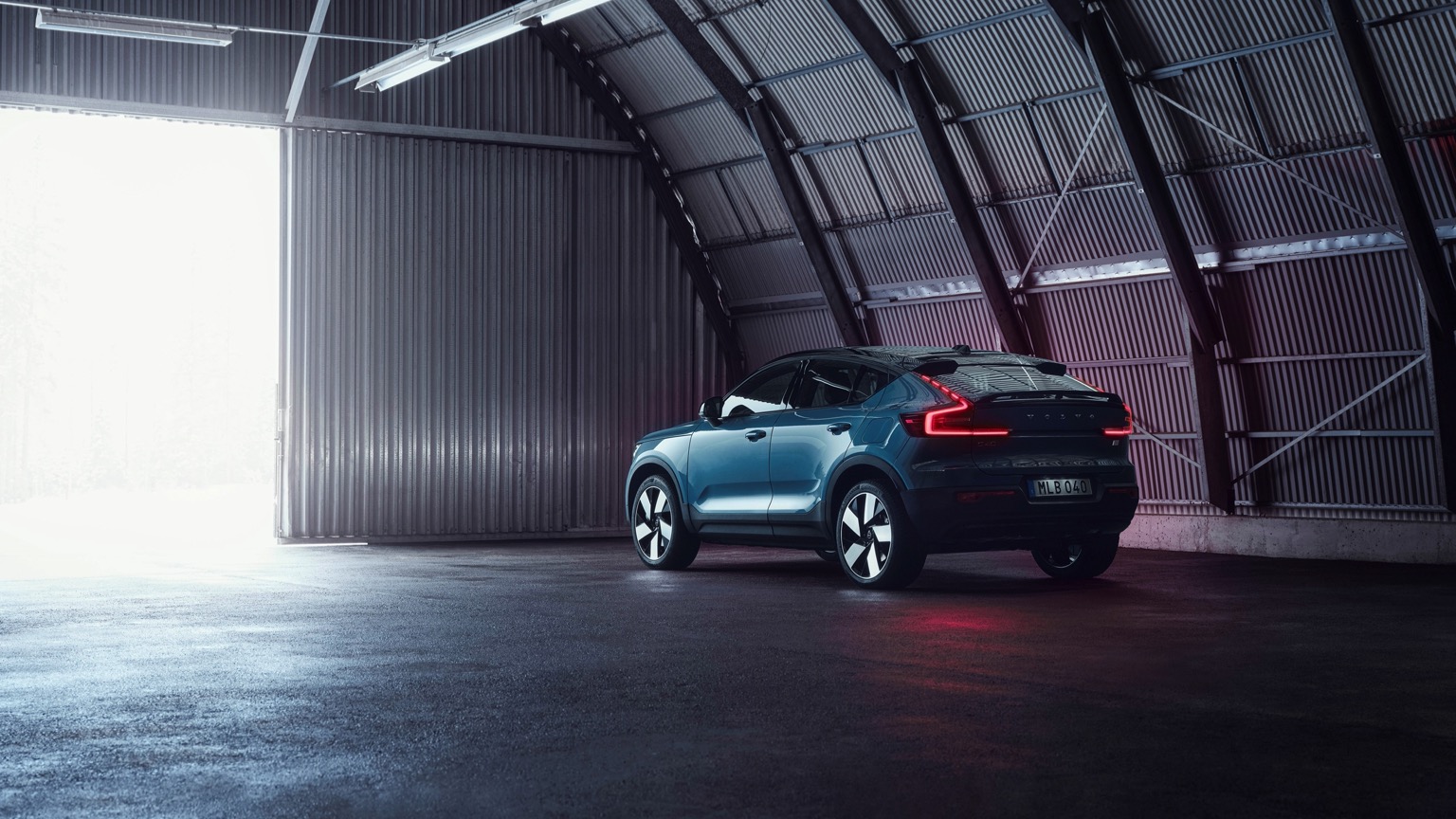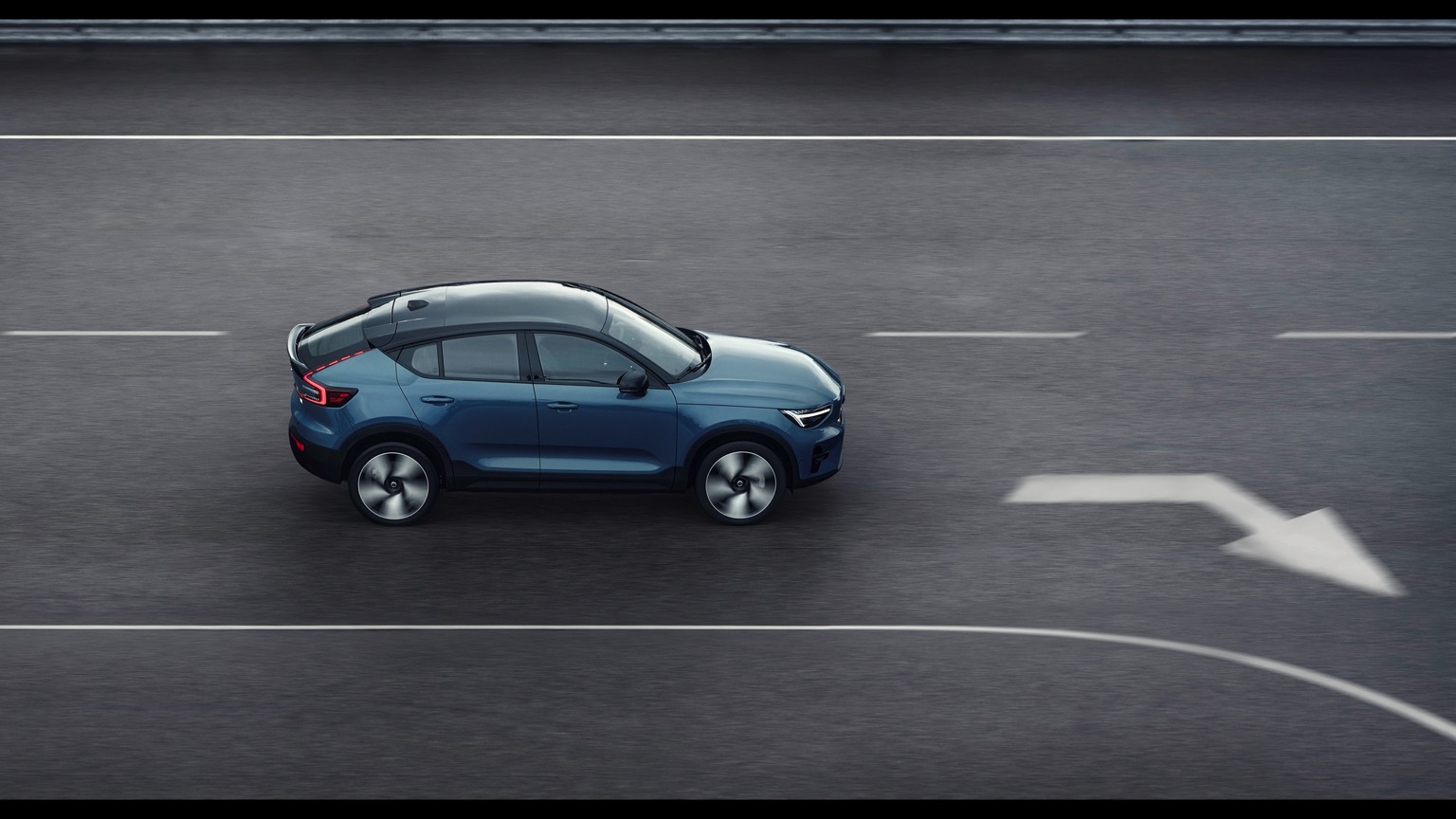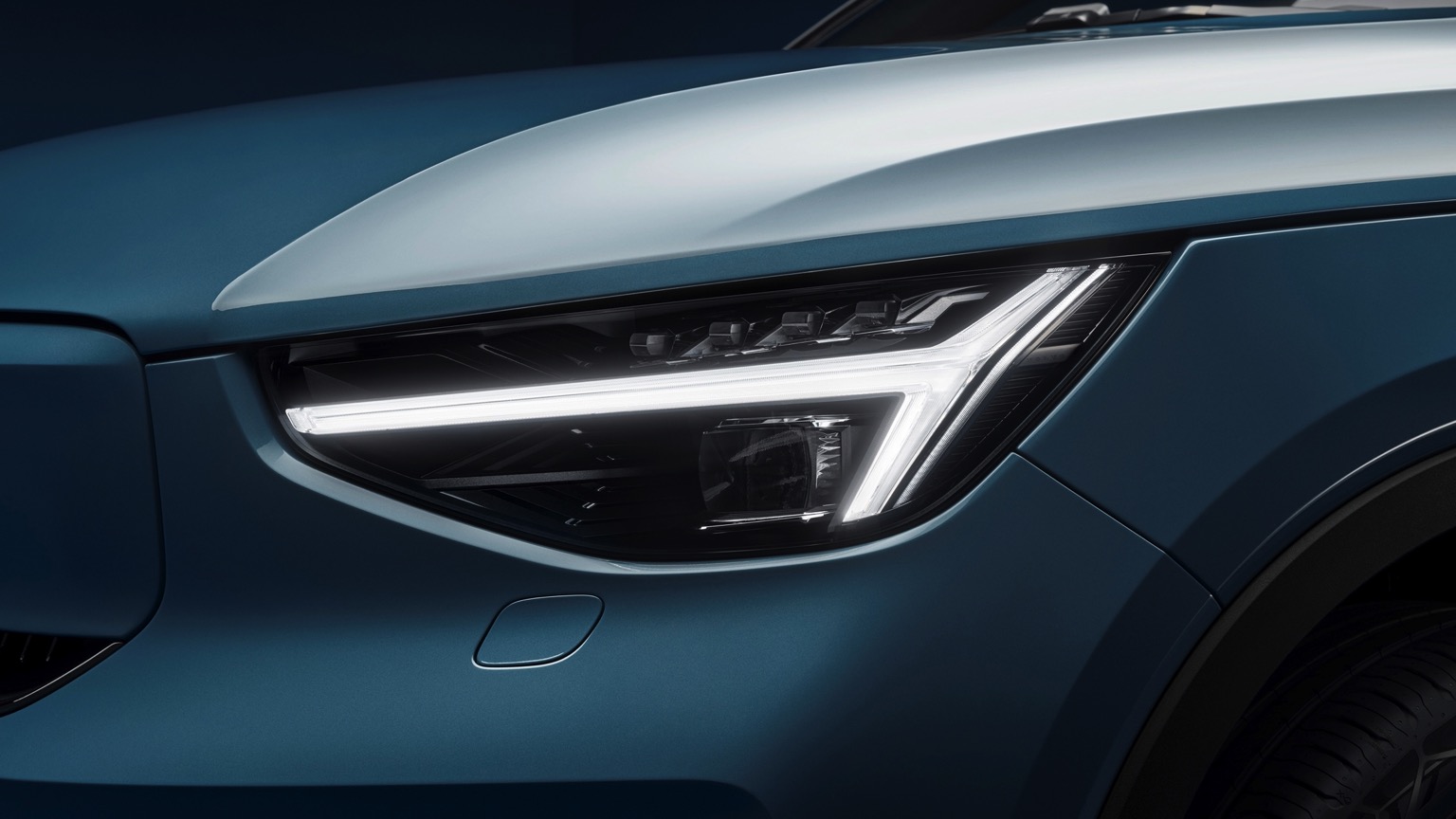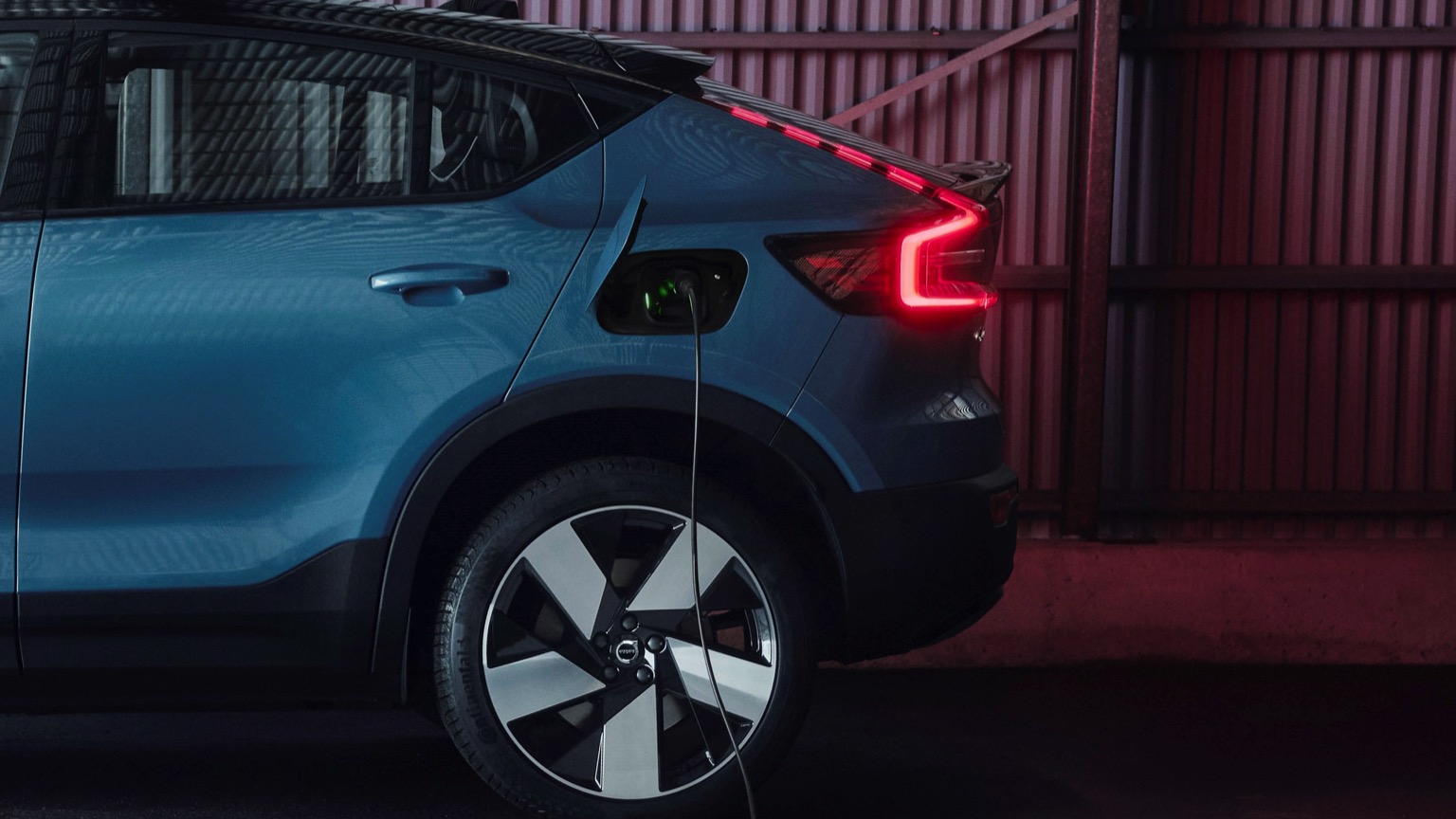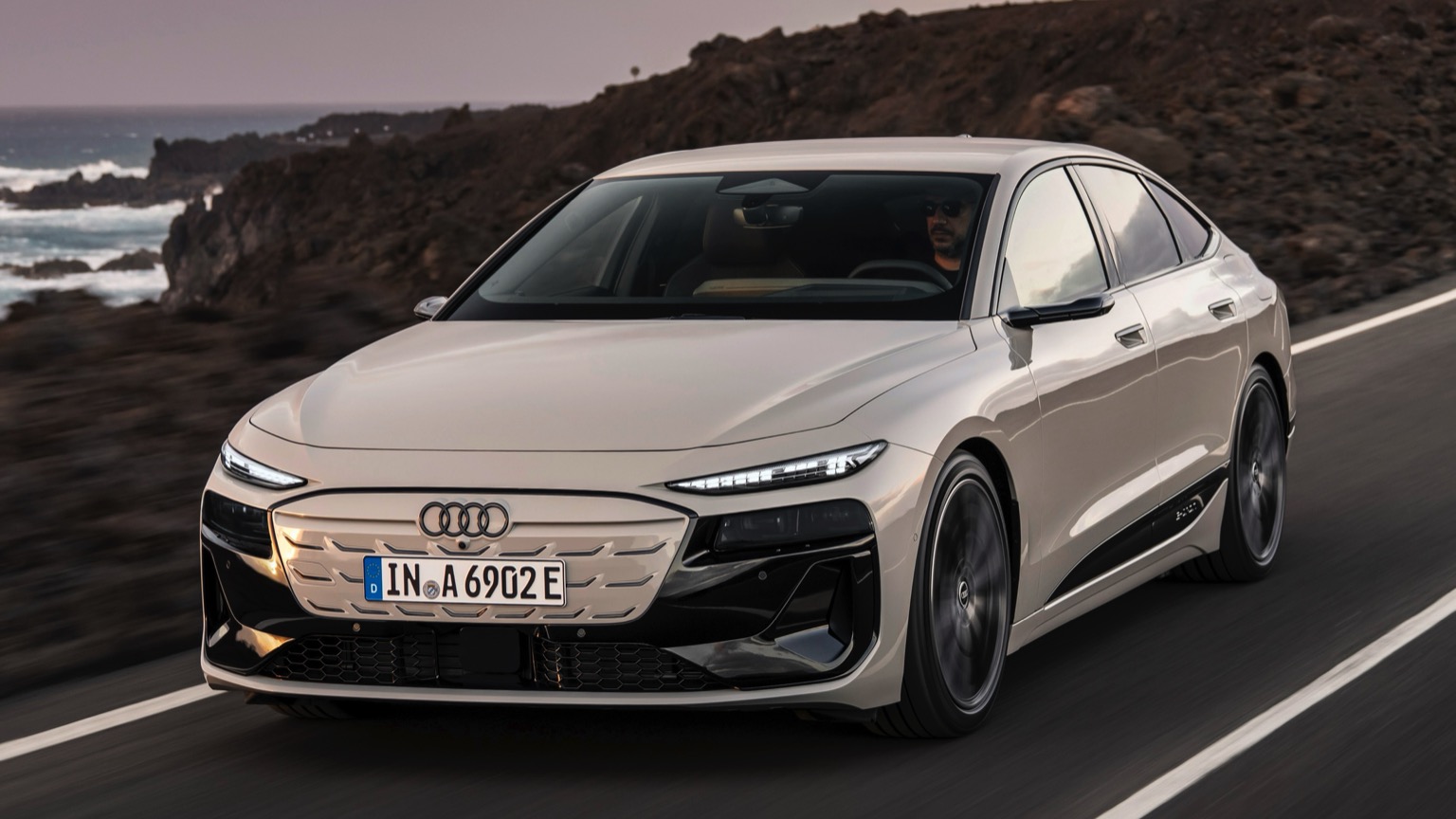Driving Range
In short, how many miles you can travel on a full charge. Is length important? Let’s not open that can of worms…
Efficiency
How many kWh of charge are needed to travel a set distance. The fewer needed, the more efficient your EV is. Easy!
Battery
The bigger the battery, the more power it can hold. In essence, fewer stops needed to top up your charge. Ahh, simplicity!
Top Speed
The maximum speed you can reach with your foot pressed hard to the floor. Important when escaping a zombie apocalypse, we assume.
Seats
Well, you don’t want to have to leave anybody at home… or do you?
Body
From stylish SUVs and compact crossovers, to curvaceous coupes and handy hatchbacks, there’s a perfect shape for everyone!
Isofix
The safe way to attach a child seat. Typically, these are hidden in the join between the back seats, alongside the crumbs from your last meal deal.
Safety Rating
A measure that considers the amount of safety kit installed, how a vehicle performs in crash testing and how safe it is for both pedestrians and cyclists.
| City - Cold Weather | 250 miles |
| Highway - Cold Weather | 175 miles |
| Combined - Cold Weather | 210 miles |
| City - Mild Weather | 365 miles |
| Highway - Mild Weather | 225 miles |
| Combined - Mild Weather | 280 miles |
Indication of real-world range in several situations. Cold weather: 'worst-case' based on -10°C and use of heating. Mild weather: 'best-case' based on 23°C and no use of A/C. For 'Highway' figures a constant speed of 110 km/h is assumed. The actual range will depend on speed, style of driving, weather and route conditions.
| Charge Port | Type 2 |
| Port Location | Left Side - Rear |
| Charge Power | 11 KW AC |
| Charge Time | 8hr 30m |
| Charge Speed | 29 mph |
| Fastcharge Port | CCS |
| FC Port Location | Left Side - Rear |
| Fastcharge Power (max) | 205 |
| Fastcharge Time | 28m |
| Fastcharge Speed | 370 mph |
General Charging (0 - 100%)
Charging is possible by using a regular wall plug or a charging station. Public charging is always done through a charging station. How fast the EV can charge depends on the charging station (EVSE) used and the maximum charging capacity of the EV
| Charging Point:Charging Point | Power:Power | Time:Time |
|---|---|---|
| Charging Point:Wall Plug | Power:2.3 kW | Time:40hr 30m |
| Charging Point:1-Phase 16A | Power:3.68 kW | Time:25hr 15m |
| Charging Point:1-Phase 32A | Power:7.36 kW | Time:12hr 45m |
| Charging Point:3-Phase 16A | Power:3.68 kW | Time:8hr 30m |
| Charging Point:3-Phase 32A | Power:7.36 kW | Time:8hr 30m |
Rapid Charging (10 - 80%)
Rapid charging enables longer journeys by adding as much range as possible in the shortest amount of time. Charging power will decrease significantly after 80% state-of-charge (SoC) has been reached.
| Charging Point:Charging Point | Average Power:Average Power | Time:Time |
|---|---|---|
| Charging Point:CCS 50 | Average Power:50 kW | Time:1hr 10m |
| Charging Point:CCS 100 | Average Power:85 kW | Time: 41m |
| Charging Point:CCS 150 | Average Power:105 kW | Time: 33m |
| Charging Point:CCS 175 | Average Power:115 kW | Time: 30m |
| Charging Point:CCS 350 | Average Power:125 kW | Time: 28m |
| EVDB Real Range | 250 miles |
| EVDB Vehicle Consumption | 316 Wh/mi |
| EVDB CO2 Emissions | 0 g/mi |
| EVDB Vehicle Fuel Equivalent | 1.28 l/100mi |
| WLTP Real Range | 341 miles |
| WLTP Rated Consumption | 28 Wh/mi |
| WLTP Vehicle Consumption | 23.2 Wh/mi |
| WLTP CO2 Emissions | 0 g/mi |
| WLTP Rated Fuel Equivalent | 1.44 l/100mi |
| WLTP Vehicle Fuel Equivalent | 1.74 l/100mi |
| Acceleration 0 - 100 km/h | 4.7 sec |
| Top Speed | 112 mph |
| Electric Range* | 250 miles |
| Total Power* | 300 kWh |
| Total Torque* | 670 Nm |
| Drive | AWD |
| Safety Rating | N/A |
| Rating Year | N/A |
| Adult Occupant | N/A |
| Child Occupant | N/A |
| Vulnerable Road Users | N/A |
| Safety Assist | N/A |
For more details on the safety rating of this vehicle, visit euroncap.com
| Nominal Capacity | 82 kWh |
| Battery Type | Lithium-ion |
| Number of Cells | 108 |
| Architecture | 400 V |
| Useable Capacity | 79 kWh |
| Cathode Material | NCM |
| Pack Configuration | 108s3p |
| Nominal Voltage | 400 V |
| Length | 4440 mm |
| Width | 1873 mm |
| Width (with mirrors) | 2034 mm |
| Height | 1596 mm |
| Wheelbase | 2702 mm |
| Weight Unladen (EU) | 2185 kg |
| Gross Vehicle Weight (GVWR) | 2620 kg |
| Max. Payload | 510 kg |
| Cargo Volume | 419 L |
| Cargo Volume (Max) | 1205 L |
| Cargo Volume Frunk | 31 L |
| Roof Load | 75 kg |
| Tow Hitch Possible | Yes |
| Towing Weight Unbraked | 750 kg |
| Towing Weight Braked | 1800 kg |
| Vertical Load Max | 100 kg |
| Seats | 5 |
| Isofix | Yes, 2 seats |
| Turning Circle | 11.4m |
| Platform | Volvo CMA |
| Car Body | SUV |
| Segment | D |
| Roof Rails | Yes |
| EV Dedicated Platform | No |
* = estimated value. Average energy consumption and range based on moderate drive style and climate. Real-life values may differ significantly. Pricing information might not be actual for some regions. No rights can be derived from the information on this site.

Volvo C40 Recharge Twin Motor Charging Guide
Embrace the future of sustainable luxury with the Volvo C40 Recharge. This dynamic electric vehicle combines Volvo’s renowned commitment to safety with the thrill of emission-free driving. As we delve into its features, charging capabilities, and unique attributes, discover how the Volvo C40 Recharge is redefining the electric vehicle landscape.
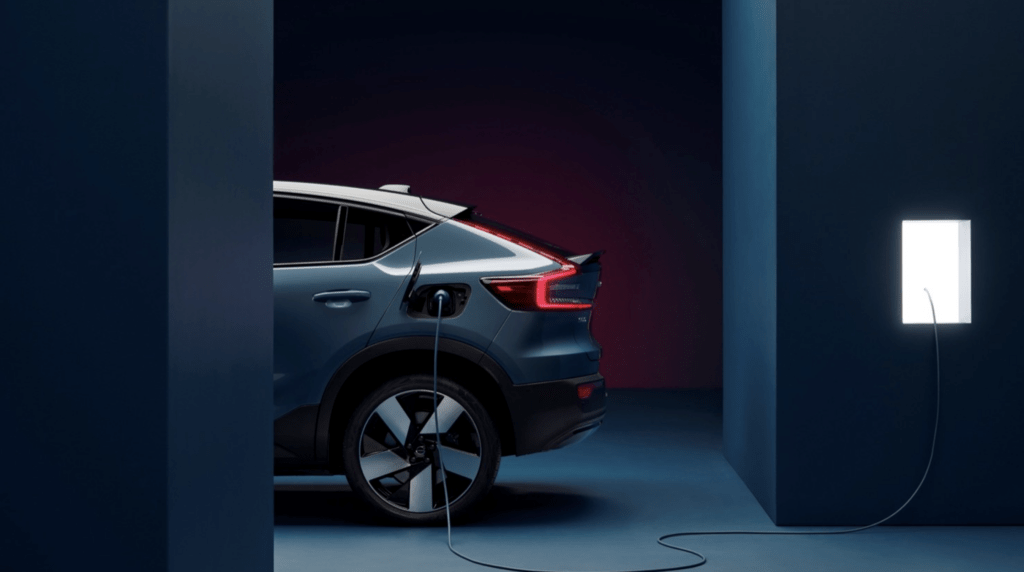
How to charge the Volvo C40?
Charging the Volvo C40 Recharge is a straightforward process designed for convenience. Owners can utilise home charging solutions, including Level 2 chargers, for overnight replenishment. Additionally, the C40 is compatible with public charging networks, offering flexibility for on-the-go charging.
How long does it take to charge the Volvo C40 Recharge Twin Motor?
11 hours and 17 minutes*
*Using a standard 7kWh charger, such as zappi it would take 11 hours and 17 minutes to fully charge your 79kWh battery. The Volvo C40 Recharge Twin Motor also has the capability to be charged on the 22kWh zappi, which would reduce this charging time down to 8 hours and 30 minutes.
What is the range of the Volvo C40 Recharge Twin Motor?
250 miles**The range of the Volvo C40 Recharge Twin Motor with the 79kWh battery, differs between 175 miles and 365 miles depending on your driving conditions and the type of road. Typically, the average range from a full charge will be around 250 miles.
How much does it cost to charge the Volvo C40 Recharge Twin Motor?
£5.93**It could cost just £5.93 to charge the Volvo C40 Recharge Twin Motor, with the 79kWh battery, when fully utilising off-peak charging on an Octopus Intelligent tariff, at 0.075p/kWh. In contrast, peak charging on a standard rate of 0.34p/kWh can cost £26.86 to charge up.
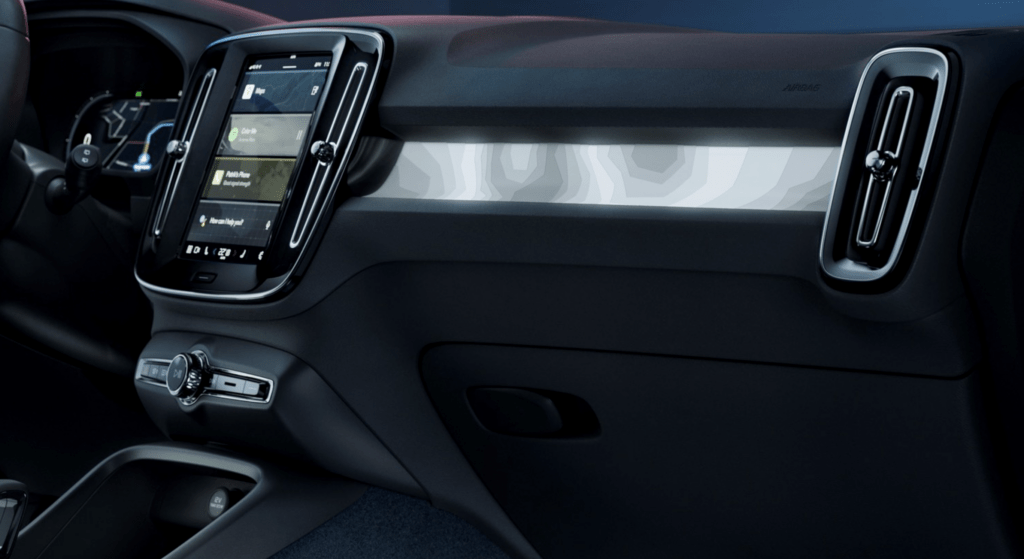
Does the Volvo C40 have CarPlay?
The Volvo C40 Recharge comes equipped with Apple CarPlay, providing seamless integration for iPhone users. This feature allows drivers to access key functions, such as navigation, music, and calls, directly through the car’s infotainment system.

Does the Volvo C40 have a heat pump?
Yes, the Volvo C40 Recharge is equipped with a heat pump. This innovative technology enhances the vehicle’s energy efficiency by utilising ambient air to regulate the cabin temperature. It contributes to the extended driving range, making the C40 a sustainable and comfortable choice.
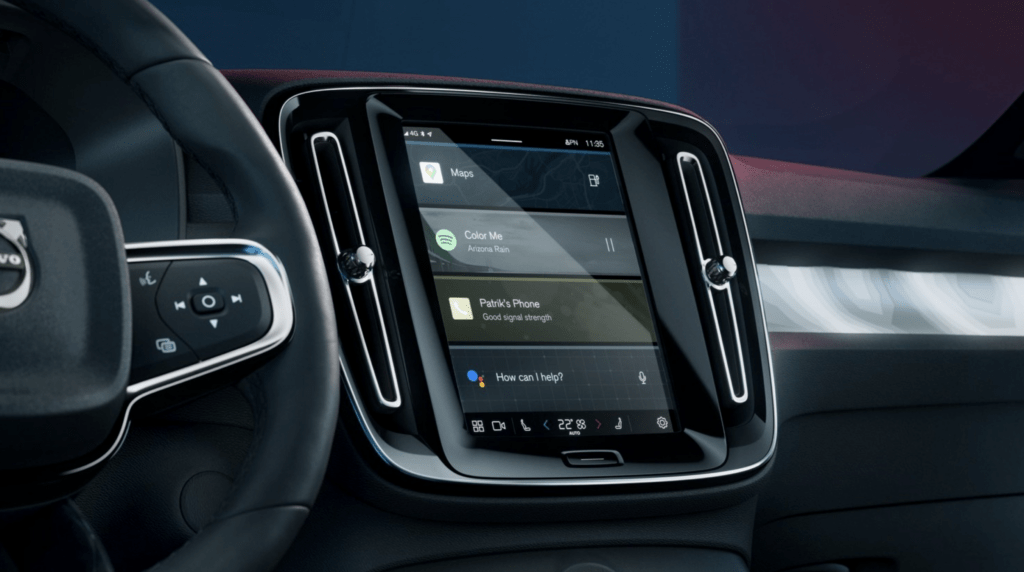
Is the Volvo C40 4 wheel drive?
The Volvo C40 Recharge features an electric all-wheel-drive (AWD) system, providing optimal traction and stability. The electric motors power both the front and rear wheels independently, adapting to driving conditions for a secure and controlled experience.
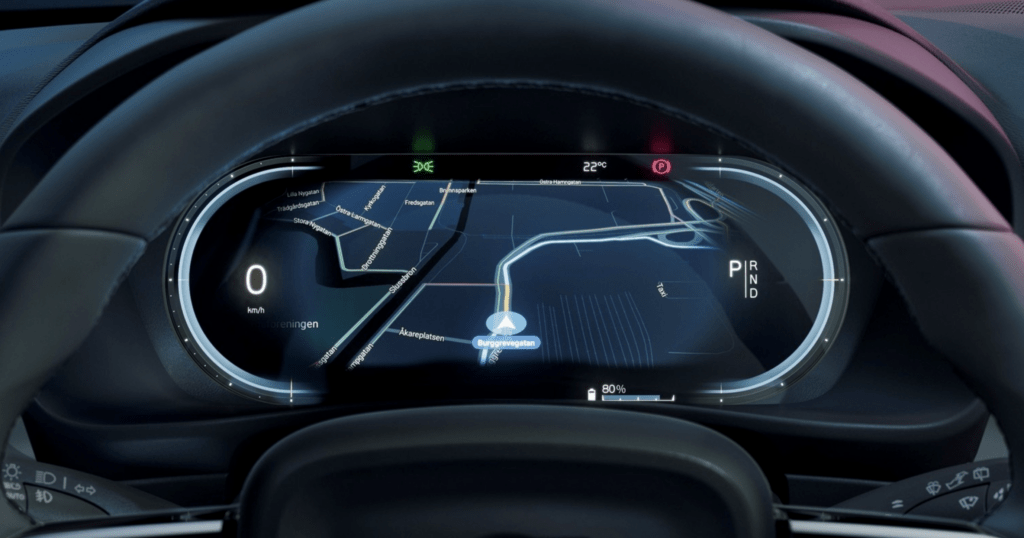
What is the difference between the Volvo C40 and the Volvo XC40?
While both the Volvo C40 and XC40 share a similar design language and platform, he C40’s coupe-like roofline makes it the smaller of the two models. Both being AWD, the XC40 identifies as a traditional 4×4/SUV style of vehicle while the slightly smaller C40 has a more futuristic and sporty look.
Similar Electric Vehicles





